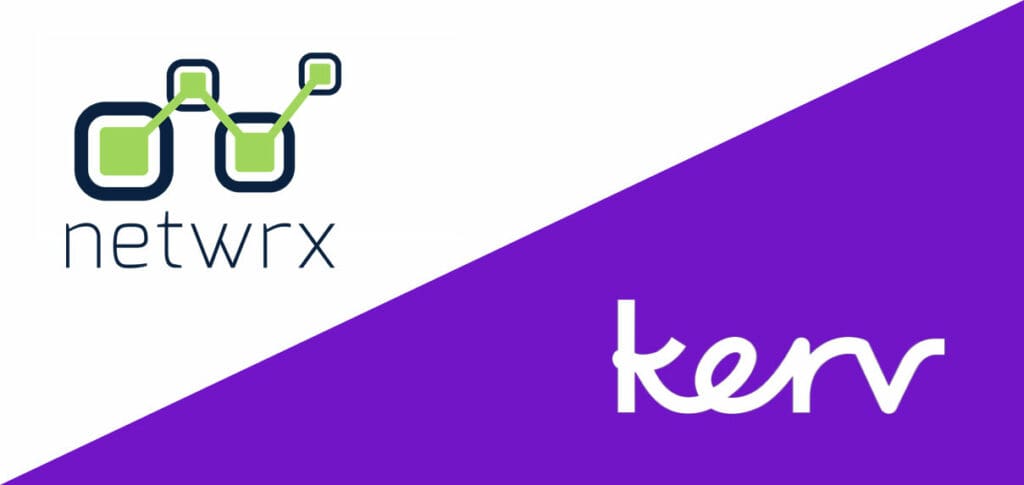James Crossland
Digital Marketing Manager|Kerv digital
Have a question?
Get in touchPublished 06/07/22 under:
Why is gaining a single, unified view of your customers so important?
Modern analytic tools can provide awesome insights into your customers behaviours, motivations and buying habits but for those tools to be efficient they require something known as… a single customer view.
What Is A Single Customer View?
A single customer view (SCV), sometimes also known as a unified customer view (UCV), is the ability to hold and access all the data your organisation might have on a particular individual in a single, easy to use, easy to understand, CRM system, with the data all normally viewable on a single page (although a single page might not always be the goal depending on how much data you hold on said person).
Microsoft have taken that concept even further by storing that data within their Dataverse (previously known as the Common Data Service) and retrieving it with various Dynamics apps depending on your needs at the time.
The beauty of that of approach of course is that it’s also hooked into Microsoft 365 which means you could build a PowerApp ‘over it’ or even set things up so it pulls data directly from excel etc.
Basically, anywhere that’s most convenient for you to retrieve and view your data (security concerns permitting of course).
Holding a consolidated view of a customer has become ever more challenging for organisations in recent years, as we’ve all started to hold more and more records of and around a person, over the multiple touch points they might interact with said organisation, in various databases (creating not just a Business Intelligence nightmare but also a UK-GDPR/GDPR one!)
Online forms, webchats, face to face meetings, email chains, social media posts, call centre recordings… all that data has to get stored somewhere, but often that somewhere isn’t in the same place, resulting in duplicate or worse, fragmented views of a customer.
Why Is A Single Customer View Important?
As time goes on the amount of data collected on your customers will only grow, as will their touch points with your organisation (think social media for instance… where do their tweets about you get stored? Are you storing them at all?).
As the data multiples exponentially though, various stakeholders throughout the organisation will likely lose visibility of large swathes of it as it gets siloed away in separate databases and systems, causing major pain points for an organisation. Circling back to Twitter as an example. Your Customer Service team might document all complaints a client makes to the organisation, but what if they complain on Twitter… does your social media executive log those in the same place?
Having a unified or single view of a customer then, offers several immediate as well as long term benefits to ongoing business processes and strategies.
- More Focussed Targeting: A single view of a customer will offer you much greater insights as to their behaviours, interests and interactions with yourself; meaning your marketing teams can tailor their messages on a much more personal and focused level.
- Better Decision Making: By doing away with duplicate records, consolidating records and making their access to authorised personal easier, the single customer view (SCV) will allow your leadership teams to make decisions backed by real (and more importantly) accurate data, all accessible at the click of a (single) button.
- Increased Customer Loyalty: It isn’t all about how you’ll benefit, however. The customer, receiving a much more personalised experienced, will naturally feel more favourable and loyal towards your organisation and brand (which of course will have a feedback effect of benefiting you in the long term).
- Increased Inter-Departmental Communication: Your disparate departments can’t work together and help each other if they’re not even aware of the various dialogues between customers, strategic partners and the organisation itself. Consolidating that all down into one SCV to allow for better, more ‘joined-up’ communication, massively boosts efficiency across an organisation.
- Increased Data Quality: The other issue in siloed data is the quality of the data may vary across systems, making certain aspects of it harder to rely on. Introducing a single customer view alongside something like Microsoft’s Common Data Model makes for much more trustworthy and consistent Business Intelligence.
A Single Customer View: What To Look Out For…
When building an SCV, it’s important that either yourself or your chosen partner (cough, Kerv Digital, cough) strike the right balance between customer insights, privacy and data security.
A good step to take in helping with this is to create various levels of access from administrator to editor right down to read only.
That will ensure the right stakeholders have the right levels of access to the various types of data available to your organisation on its partners and customers, all inline with any possible GDPR or data protection legislation that might come into play.
Whilst a single customer view is the ultimate goal, it’s worth noting that previously, certain sectors or organisations (think the NHS or Police Force) might have deliberately siloed away elements of an individual’s sensitive data for compliance can so any solution needs to consider that and ensure only authorised parties can access certain types/levels of data (again – Microsoft’s Dataverse can automate this for you depending on an individual’s level of access).
What Does A Good Single Customer View Solution Look Like?
Before you even start to scope out the solution, let alone start to build it, it’s important that you define what success will look like.
Why does your organisation need a single customer view, what will it be used for and how will success be defined?
In Kerv Digital’s eyes a successful SCV (or any solution really) should:
- Deliver immediate value to your organisation.
- Be reusable and replicable.
- Be scalable.
- More specifically it should provide an efficient data capture system (preferably compatible with the Common Data Model or the Dataverse) that’s capable of collecting all customer communications and data across all of their touch points with the organisation that is both secure and compliant with all relevant legislation.
- All existing data should be capable of being migrated into the new system securely, efficiently and effectively.
- All stakeholders should be trained in the use of the new system before it goes live to ensure there’s no interruption to standard business processes.
- It should be secure, with no one being able to get to things they shouldn’t.
- It should be resilient… no one want’s an all singing, all dancing solution that’s going down all the time!
- It needs to be observable, with someone capable of seeing, and being in charge of, the data that goes in and out of it.
- And finally, any solution needs to avoid vendor lock-in as much as much as possible (another reason Kerv Digital is such a fan of Microsoft’s Dataverse… data from there can literally be exported in just five clicks).
5 Easy Steps To Building A Unified Or Single Customer View
Ok.
So, we now know what a single customer view is, why it’s important, the benefits it can bring to an organisation, what you should look out for when building one and what success looks like, but…
How do you actually go about implementing it?
The first phase to go through is Consulting.
You need to engage will all the stakeholders within the project to understand how data is currently stored, how it should be stored and what it will be used for going forwards (irrespective of the single customer view or not) and, as we’ve already said, define what success will look like so everyone knows what the end goal is.
The next stage is Assessment.
The assessment stage, as it sounds, comes in several steps, most of which can be carried out concurrently by different teams.
- You need to investigate all the data assets your organisation has and decide which will be pulled into the single customer view solution, whilst removing duplicate records and cleaning others.
- All existing data needs to be assessed for accuracy and relevance, with any possible inaccuracies being documented along with any future impact they might have on Business Intelligence (so this can be taken into account after the solution is finished).
- Although Kerv Digital always advocate for Microsoft’s Common Data Model, your organisation needs to decide what technology it will use to clean, transform and unify all your disparate data sources into the new solution.
- You’ll obviously, in conjunction with all key stakeholders, need to decide on the platform your solution will be built on (cough, PowerPlatform’s Dataverse… with it’s built in CDM, cough!)
- You’ll also need to research and confirm any licensing issues the new platform and its users might require.
After the assessment stage you’ll need to work on your Platform Integration:
- Assign workflow patterns and responsibilities for who needs to deliver what.
- Create any integrations that will be necessary to connect your current systems to the new SCV.
- Enable all the key resilience features the solution will need such as auditing, alerting, caching and security etc.
Once all of that is accomplished you can enter the Build/Migration Phase:
- Migrate all of the data across through the integrations you’ve previously built by focussing the various business capabilities sequentially prioritised by business needs and the technology available.
Following on from the build (the jobs never done!) you’ll enter the BAU or Business as Usual phase.
This is where you’ll monitor and refine your SCV through a process of continuous improvement (an ethos that’s always been close to Kerv Digital’s heart) to allow it to get better with time/adapt to new or changing needs.
Have a question?
"*" indicates required fields




